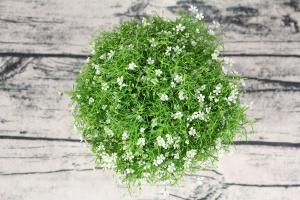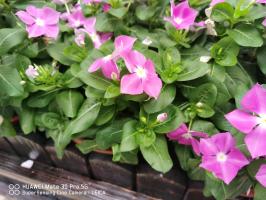Introduction
Water power plants, also known as hydroelectric power plants, are one of the most important sources of renewable energy today. They use the force of falling water to generate electricity. In this article, we will explore how water power plants work and their major components.
The Components of a Water Power Plant
A water power plant consists of several main components, including:
1. Reservoir: A large body of water that is stored and used to generate electricity through the mechanical energy of falling water.
2. Dam: A barrier built across a river to hold back water and create a reservoir.
3. Penstock: A pipe or channel that carries water from the reservoir to the turbine.
4. Turbine: A mechanical device that converts the kinetic energy of falling water into mechanical energy.
5. Generator: A machine that converts mechanical energy into electrical energy.
How Does a Water Power Plant Work?
1. Water from a reservoir is released through a penstock, which runs downhill to the turbine.
2. The force of the water turns the turbine, which in turn creates mechanical energy.
3. The mechanical energy is transferred to the generator, which converts it into electrical energy.
4. The electrical energy is then sent to a transformer, which increases the voltage of the electricity before it is sent to the power grid.
5. Once the water has passed through the turbine, it is released back into the river below the dam.
Advantages of Water Power Plants
1. Renewable Energy Source: Water power is a renewable energy source, which means it is replenished naturally and will not run out.
2. Clean Energy: Water power plants do not produce any harmful emissions or pollutants, making them a environmentally-friendly source of energy.
3. Cost-effective: Once a water power plant is built, the cost of generating electricity is relatively low compared to other types of power plants.
Disadvantages of Water Power Plants
1. Location Dependent: Water power plants require a nearby river or other body of moving water to function, making them highly dependent on location.
2. Environmental Impact: Building a dam can disrupt local ecosystems and alter the course of a river, affecting wildlife and vegetation.
3. Capital Intensive: Building a water power plant requires a significant initial investment, making it difficult for some countries or companies to finance.
Conclusion
Water power plants are an important source of renewable energy that harnesses the power of falling water to generate electricity. Despite some disadvantages such as being location dependent and having environmental impacts, water power plants remain an effective and relatively cost-effective way to generate electricity without producing harmful emissions or pollutants. As we continue to look for ways to reduce our reliance on fossil fuels, water power plants will likely play a vital role in our transition to a more sustainable future.

 how many times do yo...
how many times do yo... how many planted tre...
how many planted tre... how many pine trees ...
how many pine trees ... how many pecan trees...
how many pecan trees... how many plants comp...
how many plants comp... how many plants can ...
how many plants can ... how many plants and ...
how many plants and ... how many pepper plan...
how many pepper plan...






























